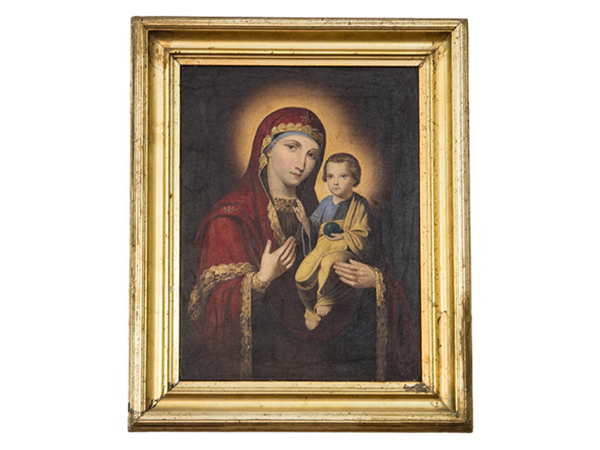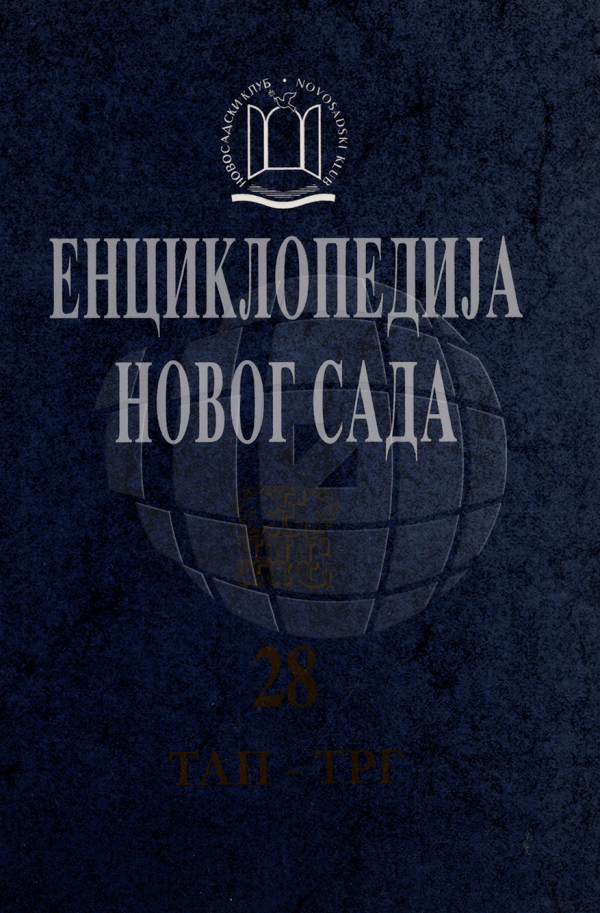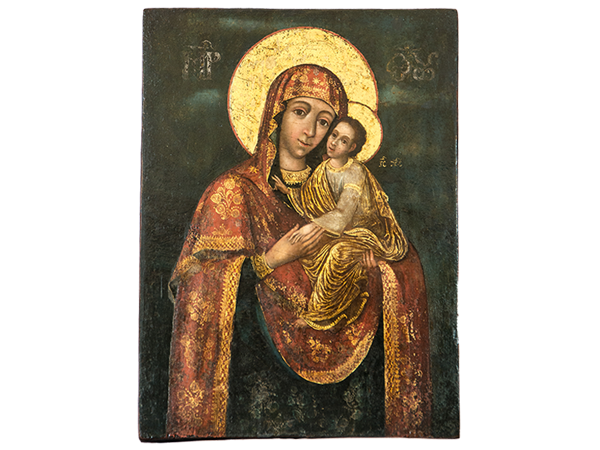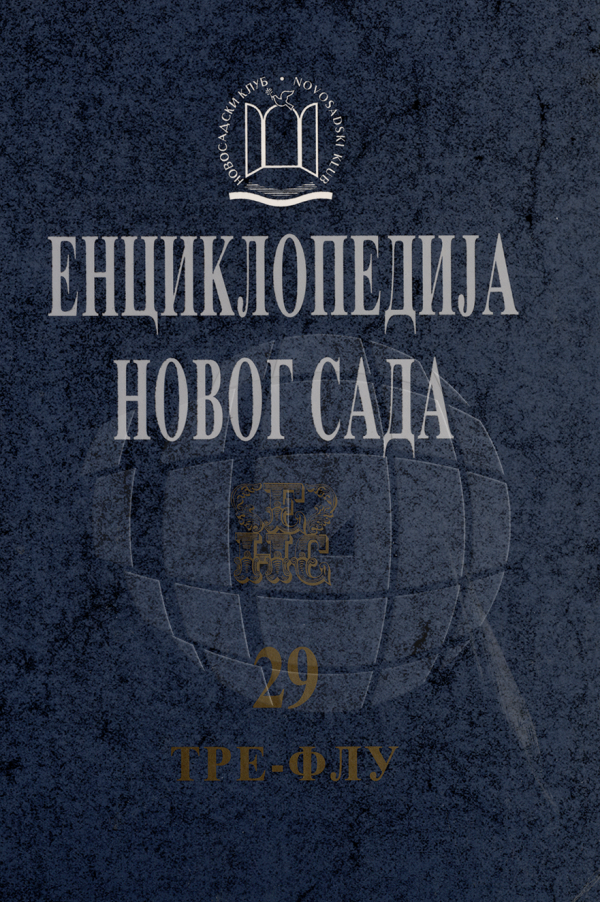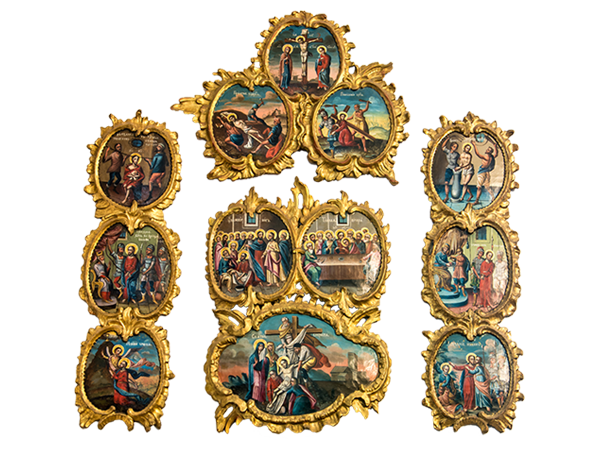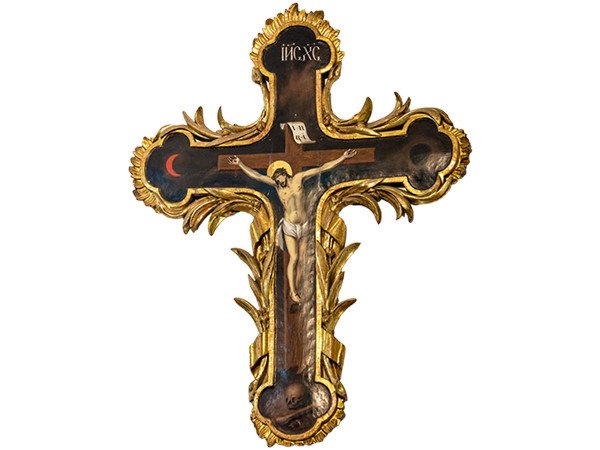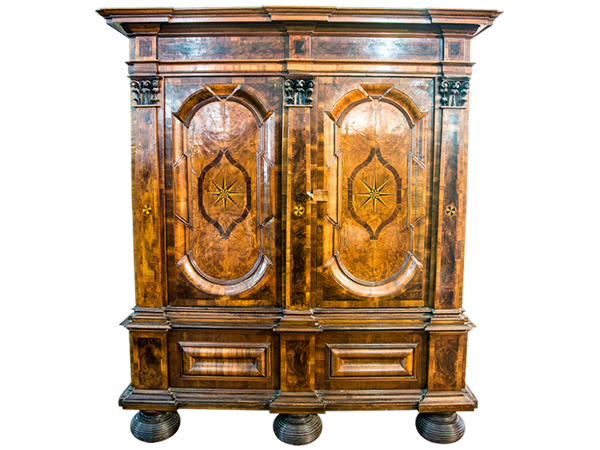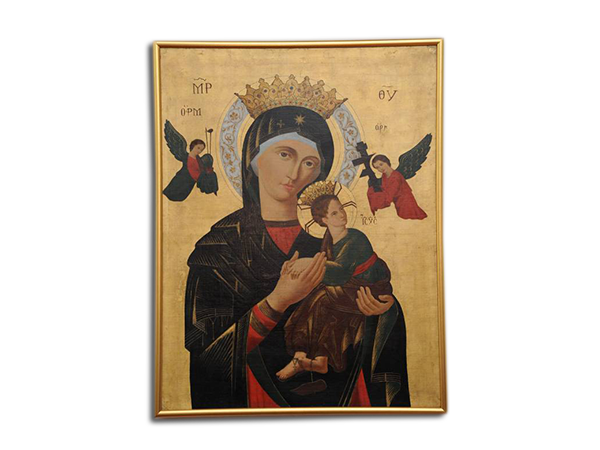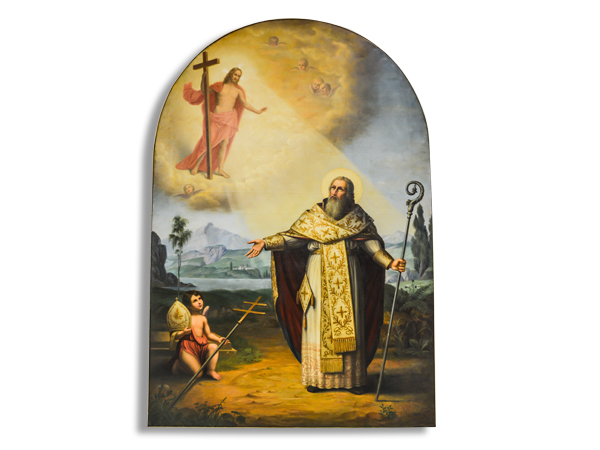Description:
Among the art works of the Armenian Church Virgin with Christ (Virgin of the passion)which stood on one of the two side walls of the nave should be pointed out . It is a modified copy of the famous Cretan icon, which was painted by Andrea Rico (1422-1492)the most important representative of the Cretan School of Icon Painting, in the late 15th century. The picture is part of the exhibition "Armenian Church in Novi Sad - deleted heritage," by the author Ljiljana Lazic, art historian and museum counselor.
Place of origin of the cult. artefact:
State of origin of the cult. artefact:
History:
In October 1963, in Novi Sad, St.George the Enlightener, popularly called the Armenian Church was demolished. For more than two centuries, this temple has witnessed the efforts of its believers and priests to build, maintain, restore and preserve. Unfortunately, in the decades after World War II, it shared the fate of the Armenians vanished from Novi Sad.
Demolition of the Armenian Church is a non-volatile error in the post-war urban planning of Novi Sad. Part of the old center of the city, whose urban pattern was established in the early 18th century, has been sacrificed to the modern architecture and the new junction. In the clash of old and new, the church has been characterized as a "worthless piece of architecture," whose existence is not necessary. Generations of citizens of Novi Sad were also deprived of a part of heritage, unique in its cultural, religious and architectural significance.
Of the life and last years of the existence of the Armenian Church and its small community extensive archival, documentary and photographic material, which reveals all the circumstances that led to the tragic and unnecessary demolition, remained preserved. Part of the precious legacy of the church is now kept in the Museum of the City of Novi Sad, and, after half a century, testifies to the former appearance of the Church of St.. George the Enlightener.
